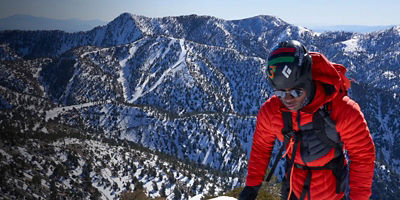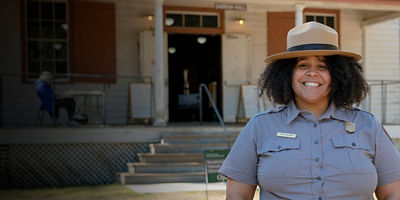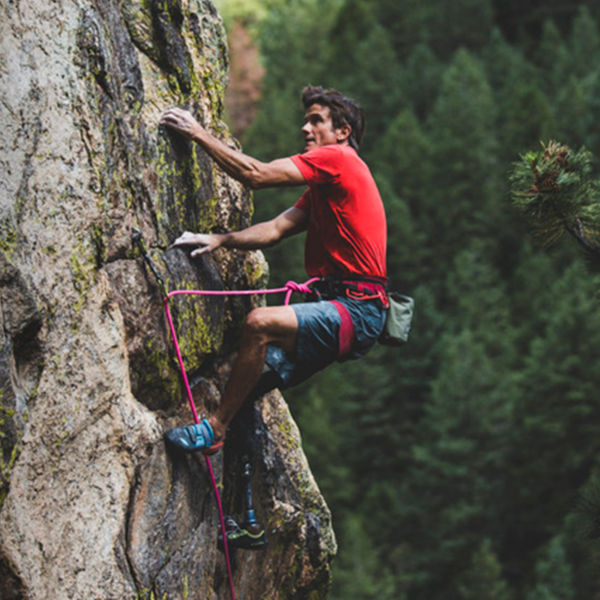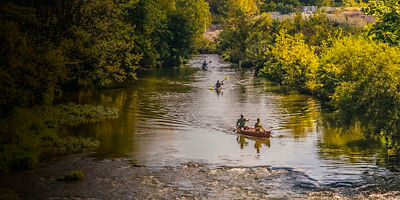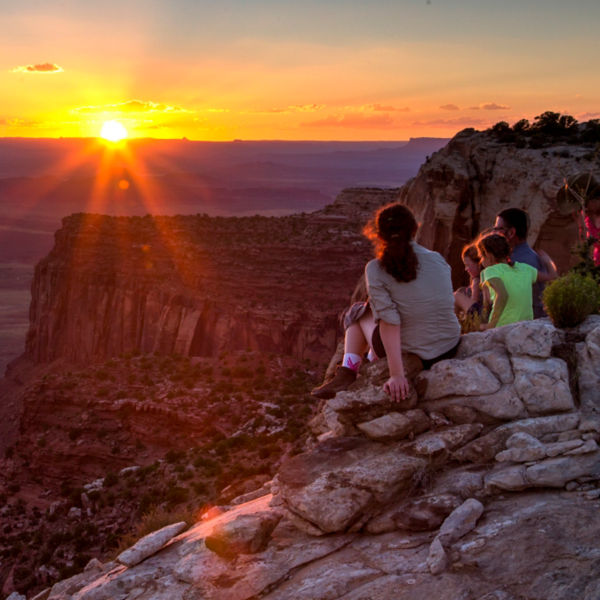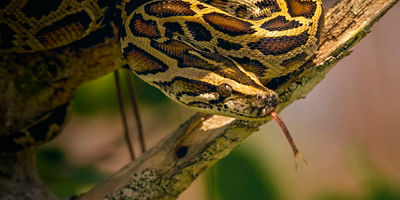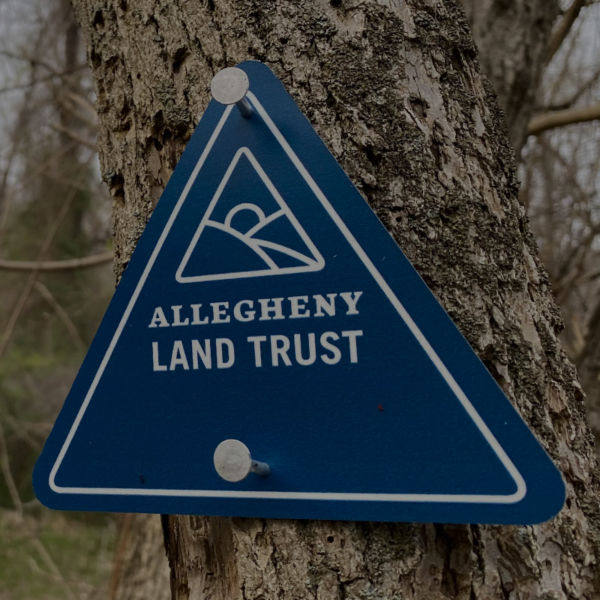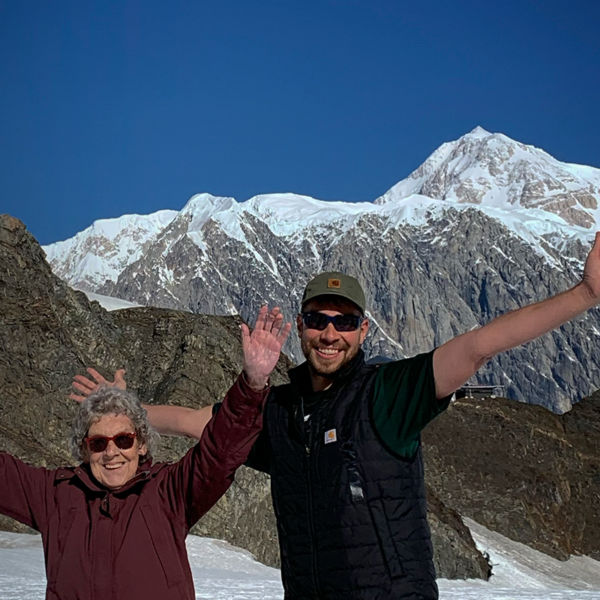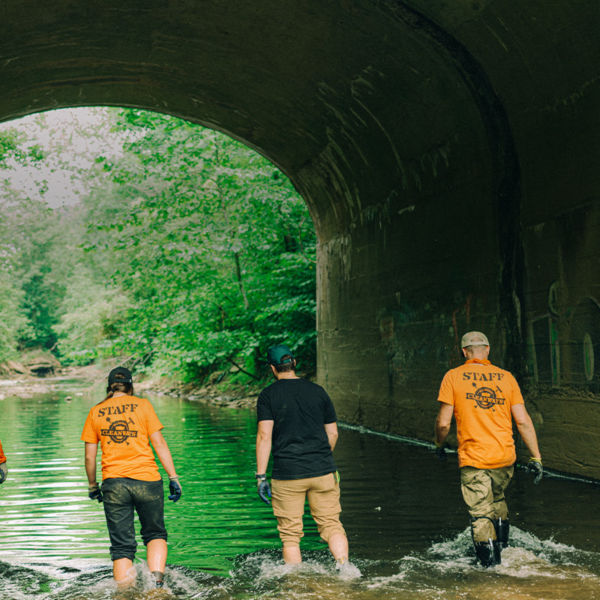
I’m Michael Kleber-Diggs, a writer and outdoor enthusiast based in St. Paul, Minnesota. I’m partnering with Public Lands to tell stories that illustrate how the history of African Americans in the National Park Service is visible in the work of Black park rangers today. The rangers we’ve profiled share that history as part of their work. They also advance efforts to make our national parks welcoming for all visitors. (Read our Part I profile of historian and park ranger Olivia Williams, as well Part II on Shelton Johnson, a Community Engagement Specialist at Yosemite National Park.)
No one represents the history of African Americans in the National Park Service, or the history of America itself, more than Jerry Bransford, an Interpretive Ranger at Mammoth Cave National Park in Kentucky. Including Jerry, five generations of Bransfords have worked at Mammoth Cave, dating back almost 185 years.
Mammoth Cave National Park comprises 52,830 acres in west-central Kentucky. The sprawling cave system includes 420 miles of surveyed passageways. In addition the cave, the park includes a forest and beautiful landscape shaped by soluble rock dissolving over long periods of time creating sinkholes, sinking streams, caves, springs, and natural formations in limestone, marble, and gypsum.
The story of how Jerry Bransford’s ancestors came to the land and the truth of most of their time there is difficult and dark, but Bransford’s work today at Mammoth Cave is a testament to his family’s resilience. By researching and sharing that history, Bransford not only shares the story of the world’s longest known cave system, he keeps his family’s role in it alive.
MICHAEL KLEBER-DIGGS: I'm so honored to speak with you. I’ve read a lot about your family. I wonder if we can start by having you just talk about Mammoth Cave as a park?
JERRY BRANSFORD: Well, Mammoth Cave is America’s 26th national park. It was established in 1941. But that’s not where its history starts. There were tours. I think the first was recorded in 1906. And it has had several owners [though originally inhabited and explored by prehistoric Southeastern Woodlands tribes]. In 1838, my ancestors were introduced here in slavery from Nashville, Tennessee. Franklin Gorin had bought the cave for $5,000. He was an attorney who heard about people coming from far away, internationally, interested in the cave—long before it became a national park, when only a few miles had been explored and charted.
Gorin brought on a slave named Stephen Bishop. He brings Bishop to Mammoth Cave, and he realizes that a single 17-year-old slave can't possibly meet the demands of exploring, guiding, and charting the cave.
So he has a business associate in Nashville, Tennessee, named Thomas Krantz. He says ‘Thomas, you’ve got those slave boys. I can't possibly meet the demands [at Mammoth Cave], and I can't get my money back like I want.’ He says I'd like to lease those boys from you. So he leased my great-great-grandfather Mat and his brother Nick, in 1838. For $100 a year each. They were brought to Mammoth Cave at 15 and 17 years of age, approximately, and they adapted to the cave. These teenage boys were willing learners.
And they learned the tricks of the trade quickly—eventually escorting kings and queens, scientists and geologists. The most affluent and most well-to-do people in the world would sometimes sail the Atlantic, traveling for weeks or months, to have teenage slave boys escort them through the cave.
On the surface, they were slaves. But we think they were so anxious to be in the cave because in the cave, they were free men. And the cave was their avenue. The cave was their home. And there are places in the cave that I have been, where we can find their names with dates, like 1880 and 1857. It just scares my shoes off that they were the first ones there with lanterns and candles.
And the way that they got in there was much more difficult than the routes we take today. The cave can be friendly, and the cave can be very unforgiving. So it’s quite amazing that they continue to find the names of Nick and Mat and Stephen in places six and seven miles from the original entrance, and I assure you that they were the first ones there.



























